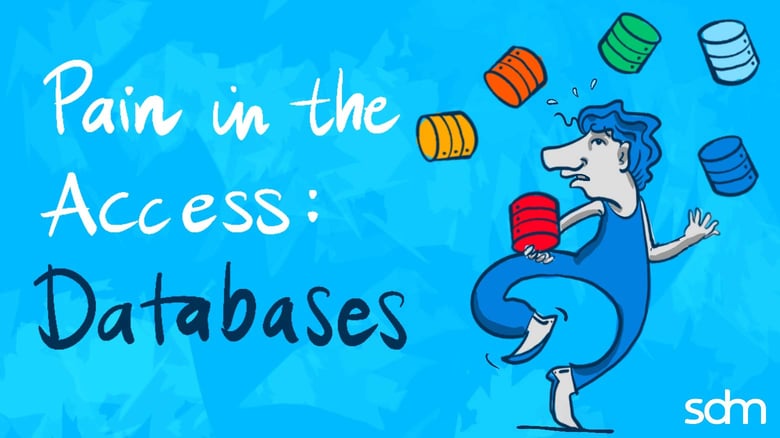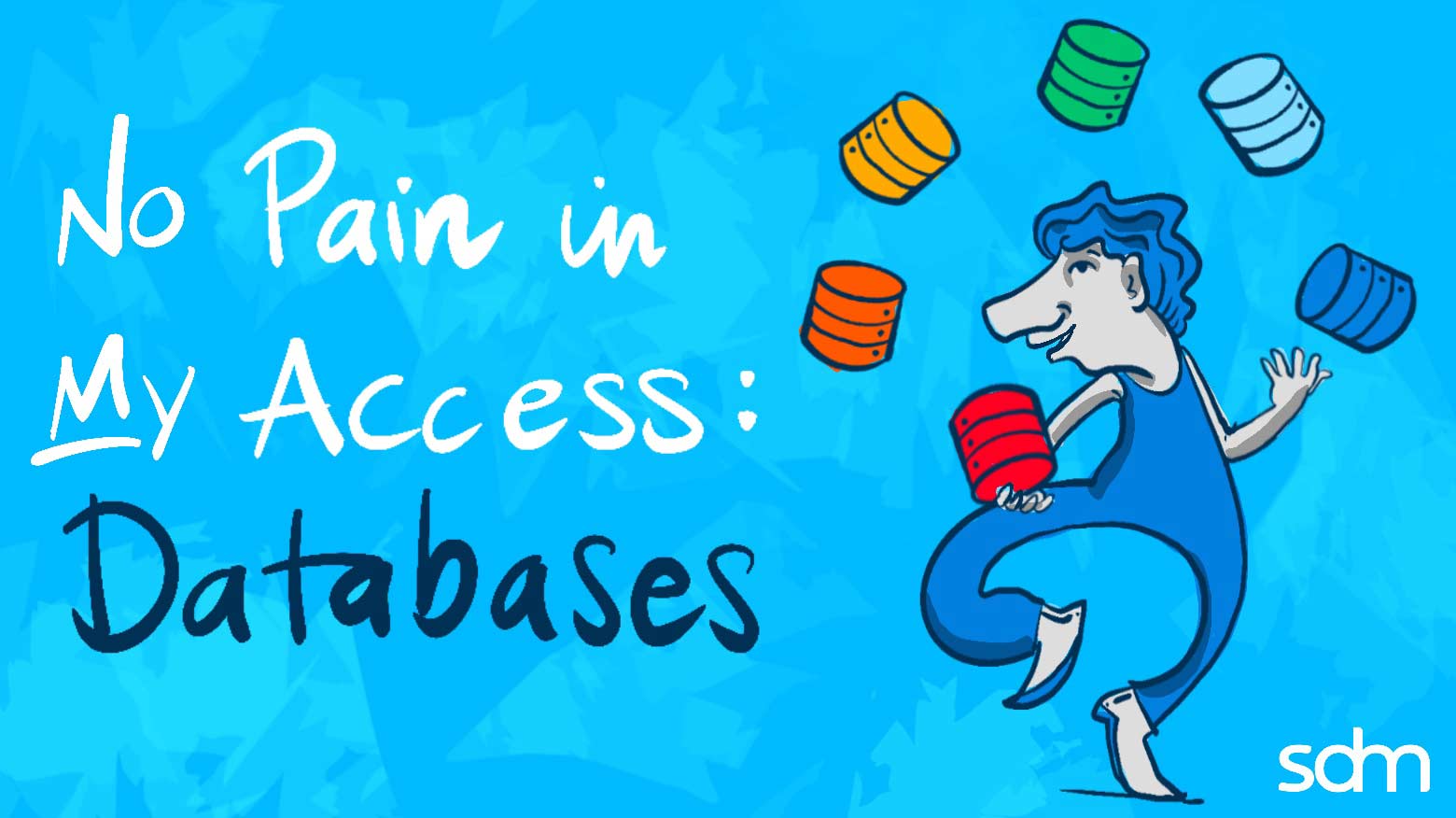

Written by
Maile McCarthyLast updated on:
January 2, 2025Reading time:
Contents
Built for Security. Loved by Devs.
- Free Trial — No Credit Card Needed
- Full Access to All Features
- Trusted by the Fortune 100, early startups, and everyone in between
Databases provide the foundation for almost every modern application. With an endless demand for data, organizations often find themselves managing many databases and using various technologies to do so.
While such environments may be necessary for business or infrastructure, providing secure access to one or several databases can be a challenge. This is especially true for large-scale, security-focused organizations that frequently onboard and offboard employees or contractors.
Apart from its business functions, a database’s core functions are integrating, separating, controlling, accessing, and protecting data. As such, organizations adopting databases must prioritize optimizing data access and protection.
In this article, we’ll explore some of the major pains of accessing database systems. Then, we’ll discuss how an infrastructure access platform helps mitigate these challenges.
1. Access Woes
Organizations face various obstacles when providing access to their database systems. This section explores some of the more significant database access challenges.
2. Managing Permissions
Managing access to multiple databases seamlessly requires many administrative tasks. An organization must provision keys, certificates, and authorization credentials, then execute scripts to keep the keys valid for their subsequent use. The time that system administrators spend to perform these manual processes could be better spent working on other higher-priority items.
Organizations running relational database environments tend to face these challenges at an even greater depth. For instance, Oracle uses both private keys and digital certificates to authenticate users. This adds to the complexity of managing credentials across multiple databases and increases security risks as well.
3. Onboarding and Off-boarding
It’s a pain to manually provision roles and access at scale. While off-boarding an employee, sorting out all of their keys, credentials, and certificates can be somewhat of a puzzle and vulnerable to costly human error. An exhausted system administrator who overlooks a single credential may compromise business-crucial systems and data. Consider the off-boarded employee who can use a still-valid key to decrypt files and backups or exfiltrate sensitive information like trade secrets.
Conversely, onboarding of new employees presents its own challenges. New hires require their own keys and credentials to access databases, but the headcount growth also creates more complexity and a higher probability of mismanaged credentials.
4. Maintaining Audit Trails
Establishing, maintaining, and reviewing audit trails for all users across all databases is also an administrative sore spot. When managing access to various databases, it is common to centralize all of the logs to ease observability. Managing logs can be tedious and having to potentially track down logs spread across several databases, including vector databases, only adds to the stress. Moreover, compliance risks still persist since an analyst may have overlooked critical logs for an audit.
5. Providing Just-in-Time Access
Organizations use the just-in-time (JIT) methodology to elevate staff account privileges to perform a necessary task within a specific timeframe. JIT is helpful during emergencies or time-sensitive situations as it enables users to temporarily access a virtual machine or server to resolve the matter at hand (e.g., a need to have admin privileges for 5 minutes to resolve an urgent help desk ticket)
In such cases, conventional methods are often too slow. Plus, while managing so many users, the database administrators are more likely to forget to revoke these privileges. Furthermore, there is always a chance that an employee will take an unauthorized action, and these excess privileges present a larger attack surface for malicious actors, if not revoked.
Easing the Pain
Despite these challenges, securely managing your organization’s database system doesn’t have to be painful. A platform such as StrongDM can help your organization provide infrastructure access with straightforward management.
The StrongDM infrastructure access platform helps control access to databases. It eliminates credentials from the end-user workflow, providing least-privilege access by default. This access can be enforced either through role-based access control (RBAC), attribute-based access control (ABAC), or JIT policies.
One-click off-boarding of employees and contractors is painless with StrongDM. StrongDM enables customers to use their preferred identity provider (IdP) as their single source of truth. Through their IdP, customers can grant or revoke access to every single resource that the now-departed contractor had access to. At the end of the day, leveraging an IdP eases the administrative burden and dramatically simplifies onboarding and off-boarding.
Furthermore, StrongDM helps maintains detailed audit logs. Its architecture tracks and logs every single query and command across all databases. The platform aggregates all of an organization’s database management systems’ (DBMSs) logs into one place, greatly simplifying log collection.
The automated log streaming into an organization’s security information and event management (SIEM) system provides log activity visibility across the entire infrastructure and expedites responses to audits, such as for SOC 2 or HIPAA compliance.
Organizations can also use StrongDM to temporarily elevate user privileges for specific critical operations. Through its infrastructure, system admins can grant time-based access that automatically expires once the period elapses. This workflow reduces the risk of someone forgetting to revoke the credentials and minimizes the technical steps that must be manually performed.
Next Steps
Organizations face many challenges when it comes to database access, such as managing permissions while meeting security and compliance requirements. Manually provisioning roles at scale is also a pain when onboarding and off-boarding employees. It is also challenging to collect, centralize, and review audit trails for all users across all databases. Finally, providing just-in-time access for dynamic situations is often necessary, but not without its challenges.
The infrastructure access platform that StrongDM provides mitigates these pain points by automating onboarding and off-boarding, promptly granting and revoking access, and temporarily approving access as necessary. The platform also tracks and logs all session activities in a centralized place to increase visibility and improve audit response times. Collectively, these functions improve security while reducing the time spent on tedious administrative functions.
This modern access platform creates seamless, secure workflows between the people and the technical infrastructure that power modern technology companies. If your organization relies on SSH keys, certificates, Remote Desktop Protocol (RDP) logins, and database credentials, visit StrongDM to learn how to ease your access pains.

Next Steps
StrongDM unifies access management across databases, servers, clusters, and more—for IT, security, and DevOps teams.
- Learn how StrongDM works
- Book a personalized demo
- Start your free StrongDM trial

Categories:

About the Author
Maile McCarthy, Contributing Writer and Illustrator, has a passion for helping people bring their ideas to life through web and book illustration, writing, and animation. In recent years, her work has focused on researching the context and differentiation of technical products and relaying that understanding through appealing and vibrant language and images. She holds a B.A. in Philosophy from the University of California, Berkeley. To contact Maile, visit her on LinkedIn.
You May Also Like




